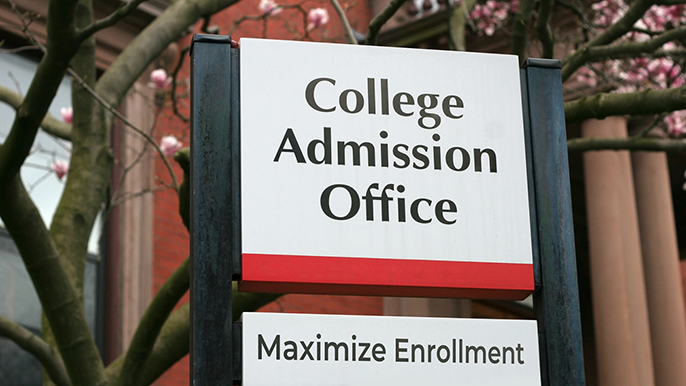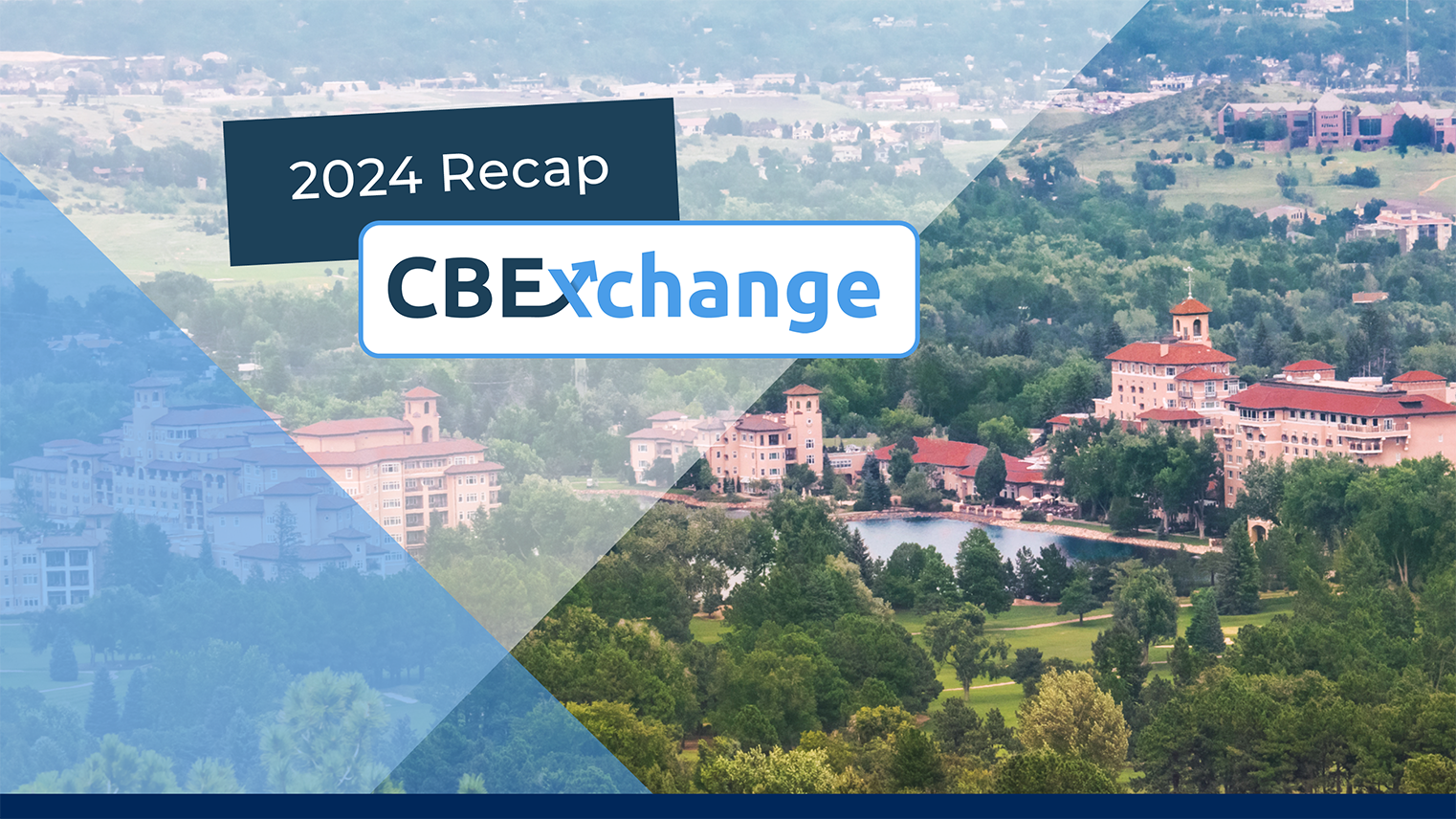Before we get to ‘What is non-term’, let’s first set the stage.
You’ve likely heard the term ‘nontraditional’. While definitions vary, researchers generally consider these students to have the following characteristics:
- Being independent for financial aid purposes
- Having one or more dependents
- Being a single caregiver
- Not having a traditional high school diploma
- Delaying postsecondary enrollment
- Attending school part time
- Being employed full-time
(Source: Brock 2010; Choy 2002; Horn 1996; Kim 2002; Taniguchi and Kaufman 2005)
What you may not know is that about 74 percent of all 2011–12 undergraduates had at least one nontraditional characteristic (Source: Demographic and Enrollment Characteristics of Nontraditional Undergraduates: 2011-12)
Catering to the specific learning needs of nontraditional students is critical
Changes in demographics and the impact of COVID have certainly caused a shift in the way education needs to be delivered, but there is also a shift that has long transcended both, and that is the increase in consumer expectations. We all want the products and services we pay for to be tailored to meet our needs (think Amazon). So, why should something as important and personal as education have a lesser expectation? The need to create a student-centric experience for today’s learners is behind much of the shift to non-term enrollment models, enabling students to progress at their own pace, whether it be faster or slower.
The increase in the number of non-traditional learners coupled with changing consumer behavior makes catering to specific learning needs critical to an institution’s ability to successfully serve today’s students. This can prove challenging for institutions who structure their programs around traditional models of quarter, semester, or trimester terms. Because of this, non-traditional programs, also known as non-term programs, have been growing in popularity. One of the most important additions to the list of non-traditional delivery models is Competency Based Education (CBE) which takes non-term to an entirely new level, as the time bound element of traditional models is completely removed. And one of the latest additions to the list of non-traditional models is the Subscription Based Enrollment Model. For details, see our Blog 10 key points about the new Subscription Periods Enrollment Model.
Such non-traditional enrollment models are addressing changing student needs and have the potential to lower the cost of education. However, there is a hitch… Financial aid management systems have been designed around the concept of a structured period of enrollment. Those institutions that have moved to non-traditional models are faced with manual processes that increase costs, negatively impact service, and present compliance risks. Our financial aid management software is the only solution on the market today that supports all enrollment models. So, not surprisingly, much of our growth is related to our ability to support these non-traditional enrollment models.
So, what is a non-term program?
Non-term programs are unique courses offered in institutions that offer more flexibility in course length, start dates and date of completion. Typical characteristics of these programs include:
- Courses begin and end independently of any term structure. They may overlap, extend, or accelerate
- Non-term structure lends itself to self-paced learning via independent study
- Multiple start dates
- Courses and/or modules may be of unequal lengths
Benefits of non-term programs
For schools that are interested in increasing their total enrollments, adapting non-term programs to their course curriculum could prove beneficial. Adding these programs typically aids in the addition of professional and adult students looking to complete a program that can fit into their busy schedule. They are attractive to non-traditional students as they offer accelerated courses, the ability to start anytime throughout the year, and completion of degree programs online or close to home.
Questions to determine if your school offers, or should offer, such programs
The following questions can be used to determine if your school is already offering non-term programs:
- Do classes start and stop on the same dates? (If no – possibly non-term)
- Is the coursework taken concurrently or sequentially? (Sequentially – possibly non-term)
- Does the coursework overlap from one traditionally defined term into another? (If yes – definitely non-term)
Many schools already offer forms of non-term programs or are considering adapting these programs soon. Federal aid has also grown to include funding for students enrolled in approved non-term programs.
Interested in learning more about non-term enrollment programs? Let's connect.




